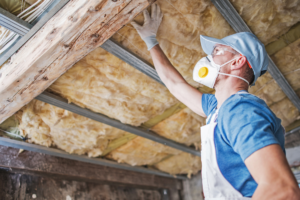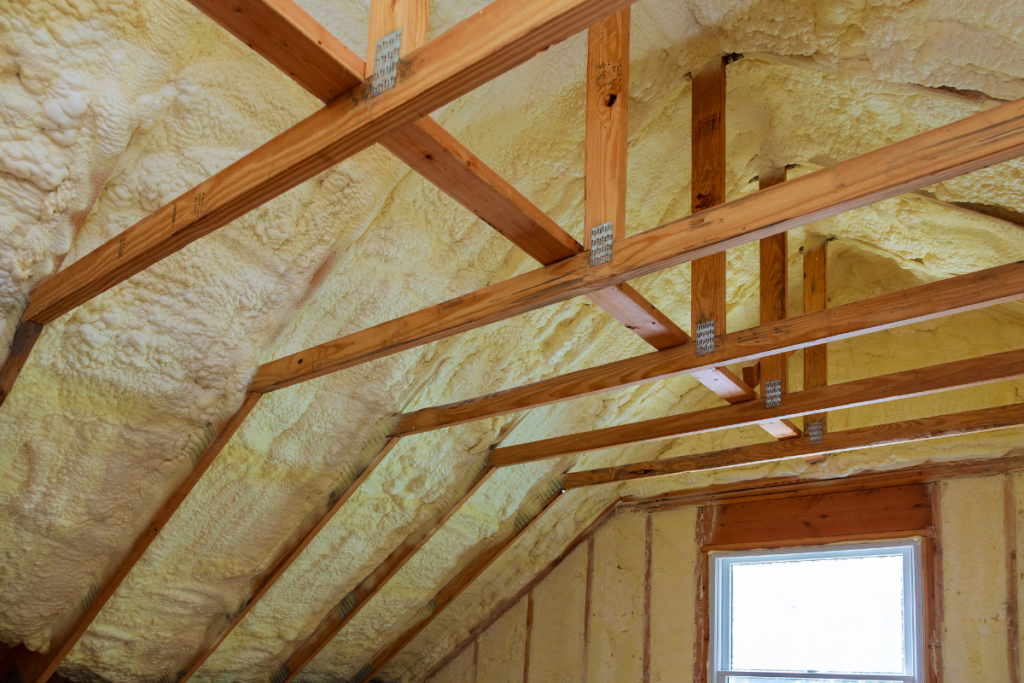 Introduction to Commercial Thermal Insulation Estimating:
Introduction to Commercial Thermal Insulation Estimating:
Commercial thermal insulation estimating is a critical aspect of construction planning that can significantly impact a project’s success. Accurate estimation not only ensures proper budgeting but also determines the energy efficiency, safety, and durability of commercial buildings. Whether it’s a new build or retrofitting an existing structure, miscalculating thermal insulation requirements can lead to budget overruns, project delays, or even compliance issues. In this article, we will explore the key elements of commercial thermal insulation estimating, common mistakes to avoid, and strategies to improve accuracy in your insulation cost assessments.
Understanding Commercial Thermal Insulation Estimating
Thermal insulation is essential in controlling heat flow in commercial buildings, reducing energy consumption, and maintaining comfort. Commercial thermal insulation estimating refers to the process of calculating the materials, labor, and overall costs required for installing insulation in commercial properties. These estimates take into account various factors such as building size, material choice, insulation thickness, and labor costs.
Accurate estimating ensures that the right materials and quantities are procured, preventing wastage or shortages, and helps in setting realistic project timelines. In commercial buildings, especially large-scale constructions, even a minor mistake in the estimation process can lead to significant financial repercussions.
Key Components of a Commercial Thermal Insulation Estimate
- Material Selection
The type of insulation material used plays a huge role in determining both the cost and effectiveness of the installation. Common options include fiberglass, foam boards, spray foam, and mineral wool. Each material has its own properties, such as R-value (thermal resistance), durability, and ease of installation, which impact both material and labor costs. - Area Coverage
Accurately measuring the square footage of the area to be insulated is fundamental. Misjudging the dimensions of walls, floors, and ceilings can result in either surplus or insufficient materials. Commercial buildings often have complex architectural designs, making it essential to account for every nook and cranny. - R-value Requirements
Different regions have specific building codes that define the R-value, or insulation efficiency, needed for commercial properties. In colder climates, higher R-values are required to reduce heating costs, while in warmer areas, moderate R-values suffice. Failing to adhere to these codes can lead to penalties or increased energy bills. - Labor Costs
The complexity of the installation process affects labor costs. Some materials, like spray foam insulation, may require skilled labor and special equipment, which can raise the total estimate. Additionally, difficult-to-access areas like attics or basements can further increase labor time and costs. - Additional Considerations
Ventilation, moisture control, and fire resistance are additional factors that should be considered during commercial thermal insulation estimating. Ignoring these elements could lead to inadequate insulation, resulting in mold growth, structural damage, or fire hazards down the road.
Common Mistakes in Commercial Thermal Insulation Estimating
- Underestimating Material Quantities
One of the most common mistakes is underestimating the amount of insulation required. This not only delays the project but also increases costs, as additional materials may need to be ordered at a premium price. Accurate area measurements and proper understanding of material needs can help avoid this pitfall. - Ignoring Regional R-value Requirements
As mentioned earlier, different regions have different building codes, especially concerning R-values. Estimators often overlook these, leading to installations that do not meet energy efficiency standards, resulting in higher operational costs or fines from regulatory bodies. - Not Accounting for Labor Variability
Insulation installation is not always straightforward, especially in commercial buildings with complex layouts. Estimators sometimes fail to account for obstacles like electrical wiring, plumbing, and HVAC systems, which can make installation more labor-intensive. This oversight can lead to substantial underestimation of labor costs. - Overlooking Hidden Costs
Hidden costs such as equipment rental, delivery fees for materials, and waste disposal are frequently missed during the estimation process. These can add up quickly, especially on large commercial projects, and result in the total project cost exceeding the initial estimate.
How to Improve Accuracy in Commercial Thermal Insulation Estimating
- Use Advanced Estimating Software
Technology can be a great asset when estimating commercial thermal insulation. Estimating software can help you calculate material quantities, labor costs, and other expenses with greater accuracy. These tools often include templates for different types of buildings and insulation methods, reducing the risk of human error. - Consult with Insulation Experts
When dealing with large-scale commercial projects, it’s always beneficial to consult with professionals who specialize in thermal insulation. They can provide insights into the best materials to use, the most efficient installation methods, and realistic cost estimates based on current market prices. - Factor in Contingencies
It’s a good practice to include a contingency buffer in your estimate. This ensures that any unexpected challenges, such as difficult weather conditions or unforeseen structural issues, don’t cause significant budget overruns. - Regularly Review Industry Standards and Codes
Building codes and insulation standards are constantly evolving. Keeping up to date with the latest requirements ensures that your estimates align with current regulations, minimizing the risk of penalties or costly project revisions.
The Importance of Accurate Commercial Thermal Insulation Estimating
Accurate commercial thermal insulation estimating is vital for successful project execution. An underestimation can lead to unexpected costs and delays, while an overestimation can reduce competitiveness in bidding for contracts. Accurate estimates ensure that projects are completed on time and within budget, meeting all safety, energy efficiency, and regulatory requirements. With proper planning and the right estimation practices, thermal insulation projects can significantly enhance the energy performance and sustainability of commercial buildings.
Commercial thermal insulation estimating is a complex process that requires attention to detail, understanding of materials, and knowledge of building codes. By avoiding common mistakes and using best practices, project managers and contractors can ensure accurate insulation estimates, leading to successful and cost-effective projects. Whether you’re working on a small commercial property or a large-scale development, accurate thermal insulation estimating is essential for maximizing energy efficiency and maintaining long-term building performance.
Are you looking for the best estimating services in USA?
Look no further than “https://zionestimating.com”
They are offering top-notch services like;
- Construction/cost estimation
- Budget planning
- Material takeoff
- Equipment estimation
and further more!!!
Here are some more information for your convenience:
Phone no. : +1 718-427-9941 || +1 562-383-6177
Email:[email protected]
Visit their blogs and site
https://zionestimating.com for the latest updates and service tips!
